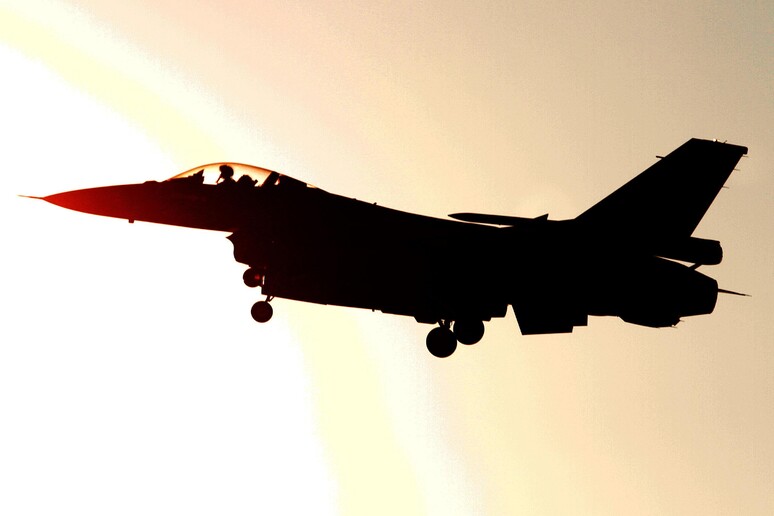An F-16 fighter jet from the United States Air Force was struck mid-flight by an unidentified object during an operation in Arizona. The incident is just one of many suspicious episodes reported in recent months near military training ranges in the area. The dynamics of the event were reconstructed thanks to official documents from the Federal Aviation Administration (FAA), first reported by the news outlet War Zone.
According to the reports, an “uncrewed aerial system”—the technical term used to refer to drones—reportedly struck the transparent canopy above the pilot’s head, forcing the $63 million fighter jet to return to base and remain grounded temporarily for repairs.
Following the initial event, at least three additional close encounters with similar objects were reportedly recorded. The FAA confirmed that it routinely documents sightings of “unidentified aerial phenomena” (UAP). When such reports are supported by radar data or other technical evidence, the information is forwarded to the appropriate Task Force and to the Department of Defense office responsible for anomaly resolution.
Between May 2023 and June 2024, the government collected as many as 757 official UAP reports, 708 of which occurred during flight. Only 49 of these cases have been classified as “closed.”
The objects observed over Arizona are often described as small white-and-orange drones, sometimes flying in formations of up to eight units. Sightings have been concentrated near high-security areas and have been occurring regularly since at least 2020. Their persistent presence has drawn the attention of analysts and experts in the field.
According to the New York Post, Luis Elizondo, a former Pentagon investigator, noted that there has been a significant increase in such reports in the region along the Mexican border. The most troubling hypothesis is that advanced technologies may be behind these aerial vehicles possibly deployed by drug cartels for purposes of surveillance and smuggling.
Ron Vitiello, a former official with the US Customs and Border Protection agency, also reported that cartels may have developed or acquired highly sophisticated drones, capable of transporting up to 10 kilograms of narcotics at a time. In his view, these criminal organizations possess “virtually unlimited funding” and are focused on technological innovation as a way to bypass border controls. Their strategy, he explained, is to constantly surprise authorities with unprecedented aerial equipment.












